Elevated Charcuterie Board

A well-arranged charcuterie board is a work of art and almost too pretty to graze on. Almost.
Creating an elevated board allows for easy pick-up and placing so there’s no angling which can make the food roll out of place. Plus, it looks extra fancy up on little legs.
You’ll need (affiliate link proceeds generated on my blog are donated to no-kill animal shelters and rescue organizations. Shop through these links to help raise monthly donations!):
A wood board – I’m using a pine board, 36 inches long by almost 12 inches wide and 5/8s of an inch thick. If you use a softer wood, like pine, don’t use it as a cutting board. Do any chopping elsewhere and transfer your ready-to-eat morsels onto the board when you are ready to serve.
Four small bun feet
A sanding block or sandpaper, super glue, plyers, a drop cloth, and butcher block finish.
Butcher Block dried finish is non-toxic and food safe.
First, sand the entire board with the sanding block or sand paper.
Using the plyers, unscrew and remove the bolt in the middle of each bun foot.
Apply the glue to the top of each bun foot and adhere to the bottom of the board in all four corners.
Once the glue is dried, apply the Butcher Block to the surface over a drop cloth.
After the Butcher Block has fully dried, wash the board lightly with soap and water...
...and it’s ready to use.
Watch the step-by-step video tutorial below! Proceeds from this video and the entire channel are also donated to no-kill shelters and rescue organizations. Watch, like, share, and subscribe to help raise monthly donations ❤❤❤
Enjoyed the project?
Suggested materials:
- Wood board (https://amzn.to/3pgpAUn)
- Four small bun feet (https://amzn.to/3yLM3fa)
- Sanding block (https://amzn.to/3Fp9UUn)
- Super glue (https://amzn.to/3EdAWNf)
- Plyers (https://amzn.to/3efJzfA)
- Drop cloth (https://amzn.to/3EiQe36)
- Butcher Block Finish (Home Improvement store)
Comments
Join the conversation
-
 Summer Keirsey
on Dec 26, 2021
Summer Keirsey
on Dec 26, 2021
great idea, but you shouldn’t use shellac if you’re using it for food. Instead try all natural bees wax to coat the board! LOVE the idea though! ☺️
-
 OnTheFly...DIY
on Jan 02, 2022
OnTheFly...DIY
on Jan 02, 2022
Yes and thank you! I actually had a Rust-oleum rep tell me the only thing they recommend as a food safe finish is Butcher Block. I updated the project write up already and will be updating the video this week.
-
-
-
 Pam Turley Lucido
on Jan 01, 2022
Pam Turley Lucido
on Jan 01, 2022
Shellac is actually safe for food grade surfaces. Read your labels tho. It’s used on candy for coating. Bees wax is ok as well but it does have to be reapplied frequently. She has been careful here to disclose that the piece is intended as a serving tray and not a cutting board.
iIts lovely! Thanks for sharing.
-





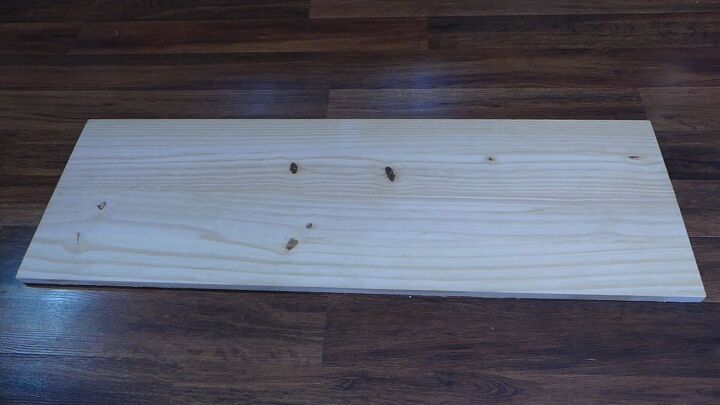








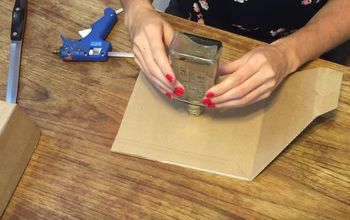
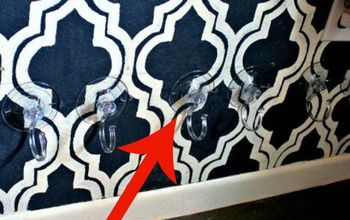



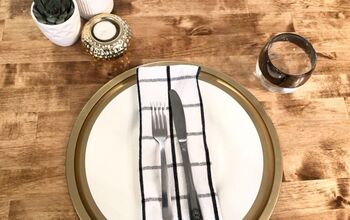

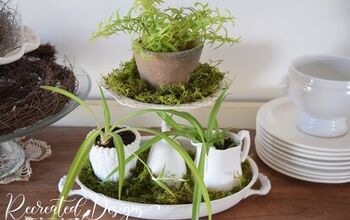

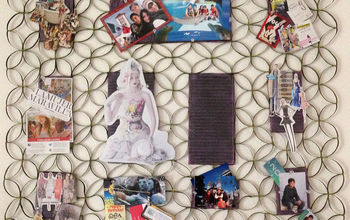
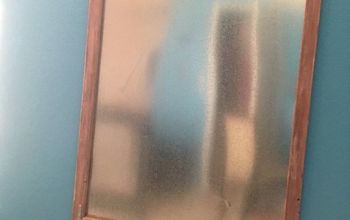
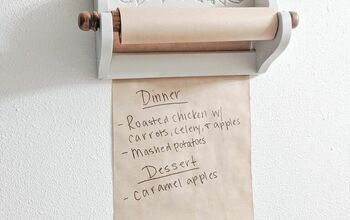
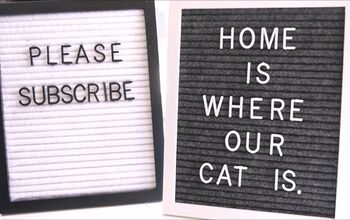
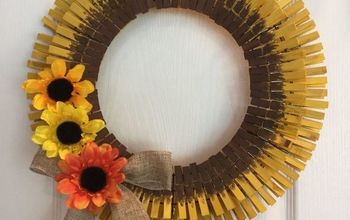









Frequently asked questions
Have a question about this project?
Love this! Just curious why you glued rather than screwed the bun feet? Was it because the pine is too shallow at 5/8"? Thank you.
do you really workin those shoes?